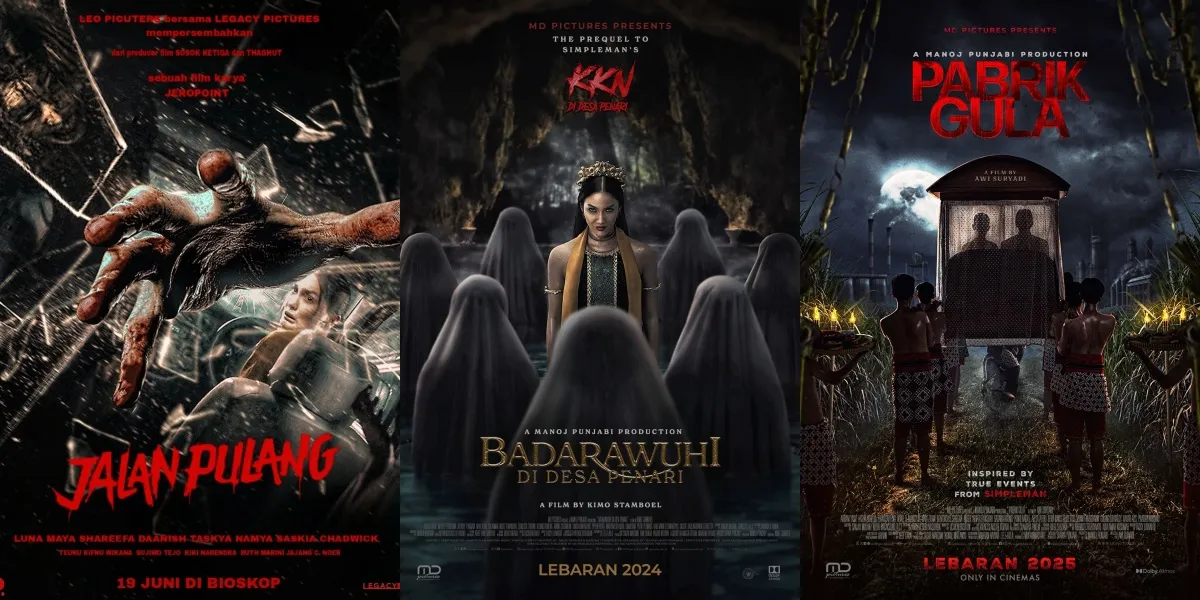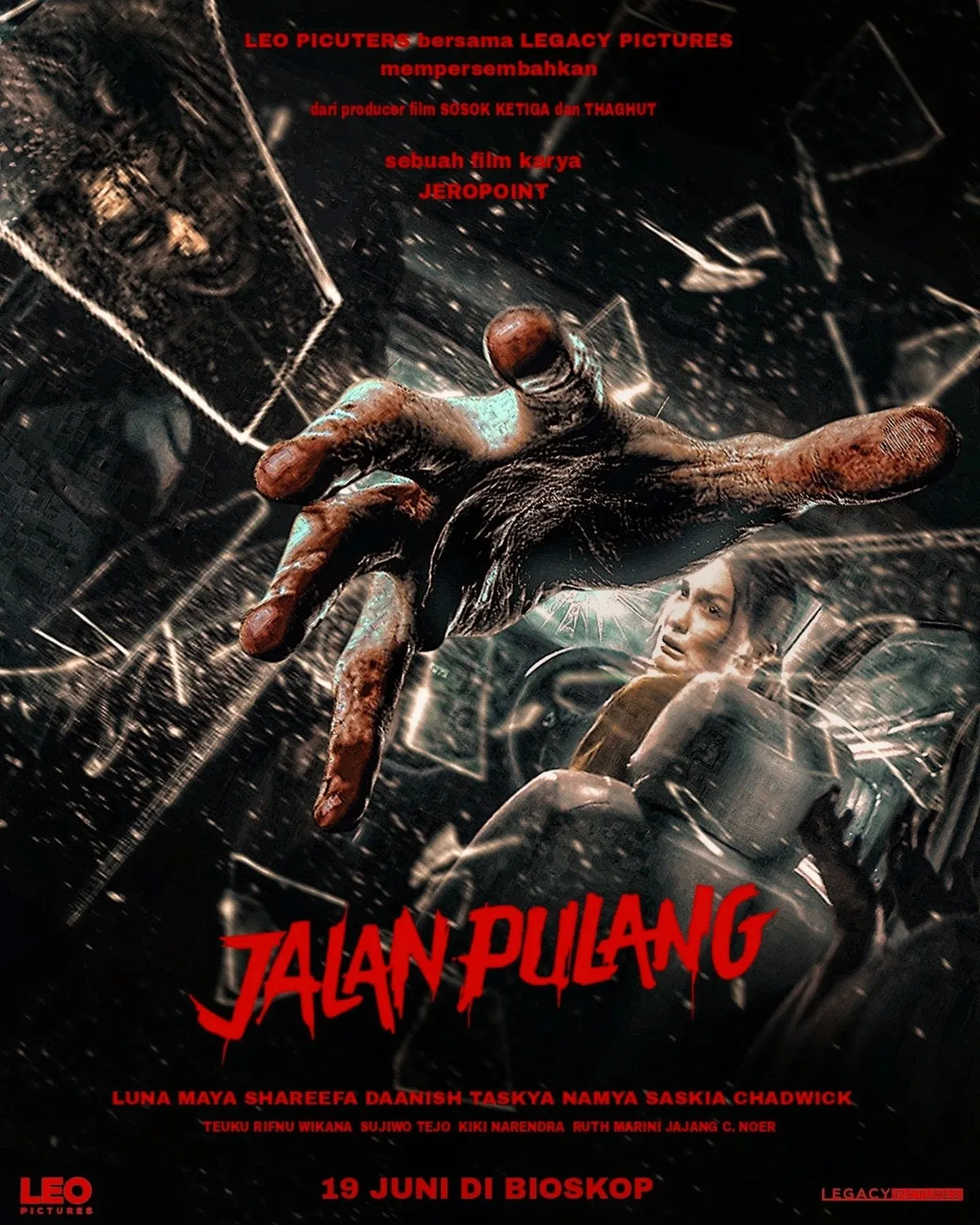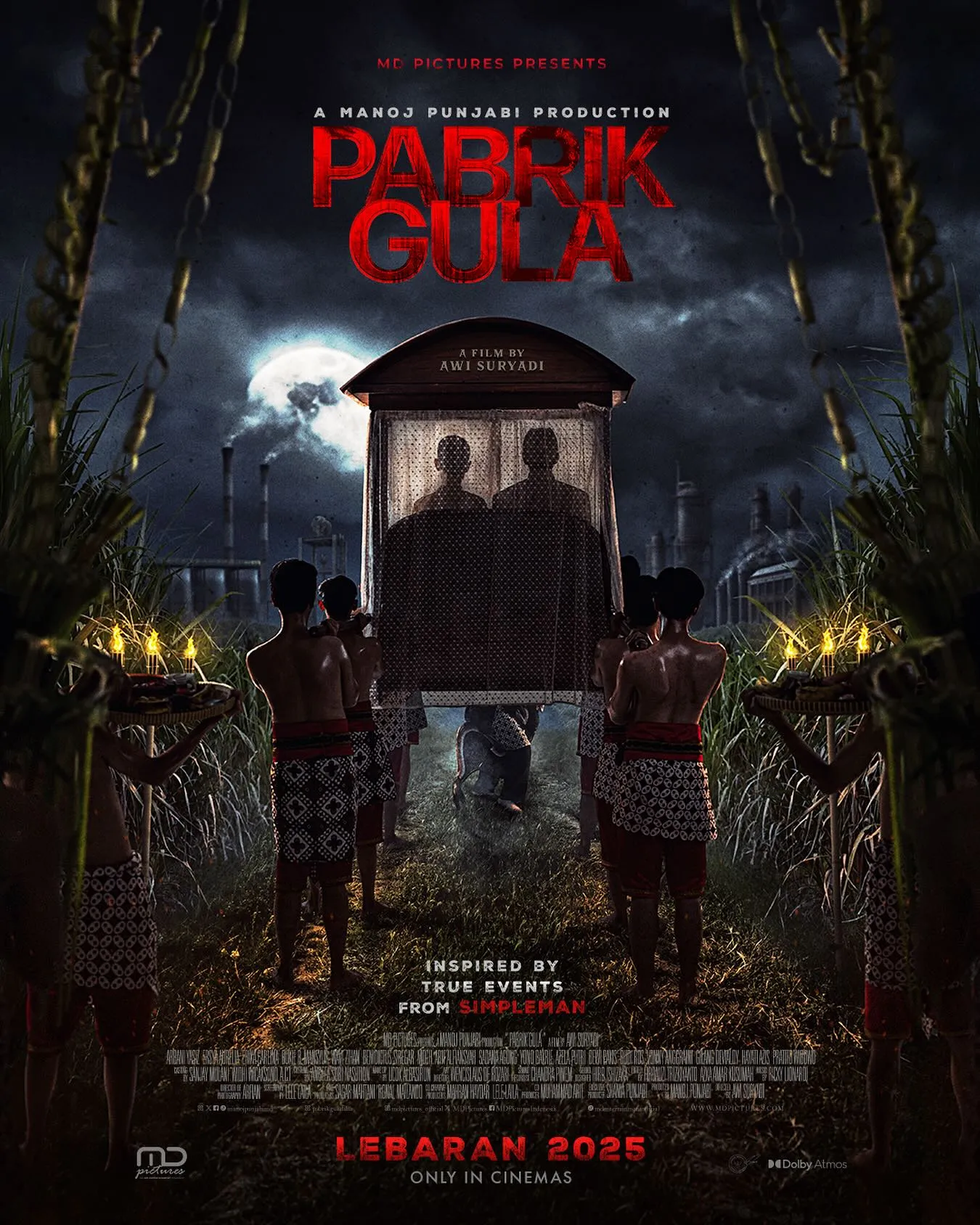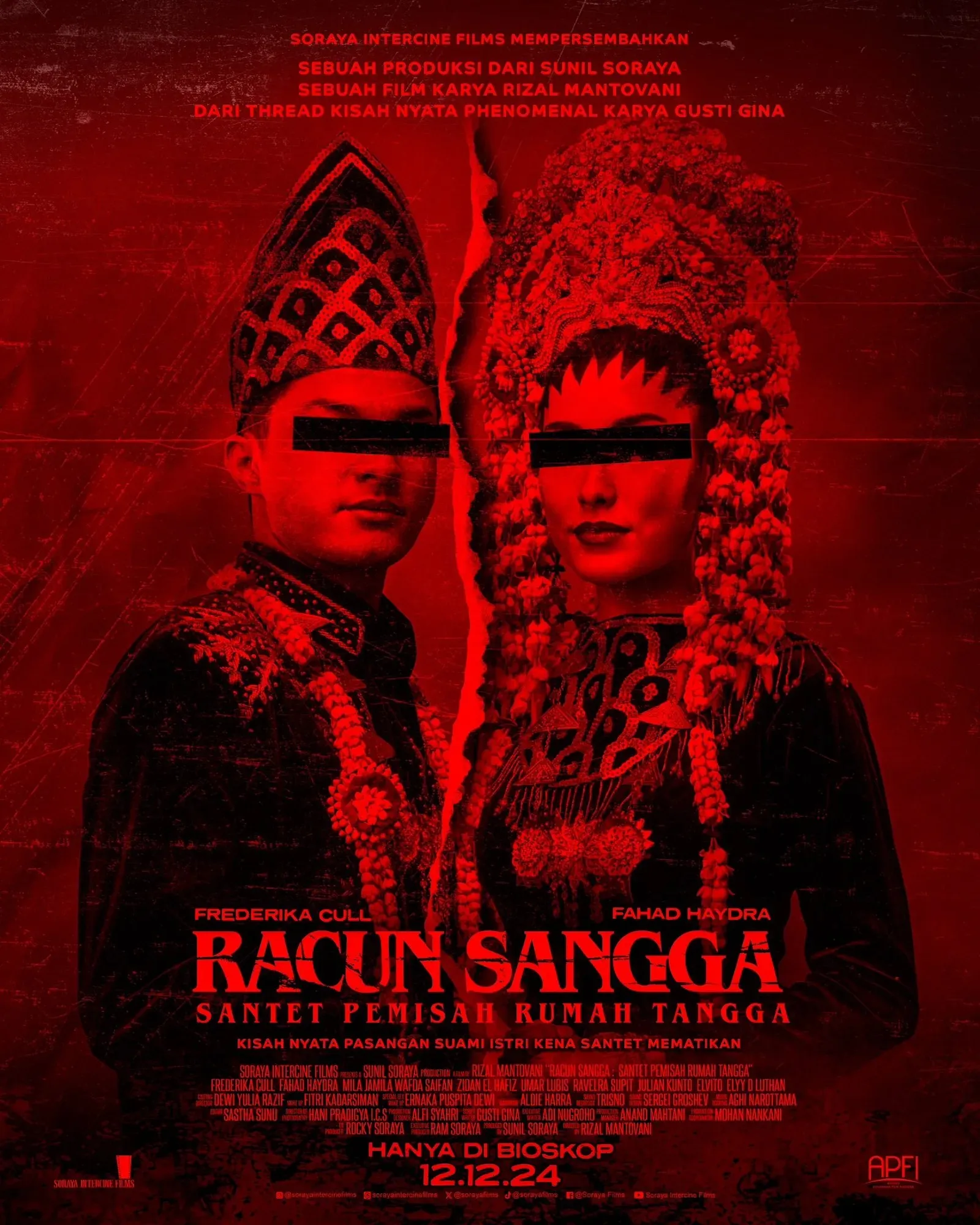'Ruang Bermusik 2025' Officially Cancels Performances by Hindia, Lomba Sihir, and .Feast
Ruang Bermusik 2025 officially cancels the performances of Hindia, Lomba Sihir, and .Feast. Here are the details.

Kapanlagi.com - Indonesian horror films often take the cultural and traditional background of the Javanese tribe as a key element in creating a tense atmosphere. The richness of Javanese culture, filled with symbolism, spiritual beliefs, and customary rituals, serves as a strong and authentic source of inspiration for storytelling. This has been frequently done since the heyday of the film SUZZANNA.
Films like PENGABDI SETAN, KKN DI DESA PENARI, and JAILANGKUNG utilize local elements such as spirit-calling rituals, myths of supernatural beings, and haunted places considered sacred by the Javanese community. These elements provide a distinctive mystical atmosphere and make the audience feel closer to the story due to its familiar cultural roots.
However, the use of Javanese culture & traditions often faces criticism for being perceived as a form of Javanese-centricity, with philosophical values that are not deeply explored, and accusations of cultural desecration due to the association of Javanese culture with ghosts and mystical traditions.
KLovers, here is a presentation from the KapanLagi editorial team about the phenomenon of Indonesian horror films that are often linked to the traditions of the Javanese community. Stay tuned until the end, KLovers!
The use of Javanese culture in horror films not only adds a layer of tension but also serves as a way to introduce local traditions to the younger generation and international audiences. For example, the presence of shaman characters, offerings, or traditional dances rich in meaning becomes an inseparable part of the storyline.
This gives Indonesian horror a distinct identity compared to foreign horror films, as it relies not only on jumpscares but also builds an atmosphere from ancestral beliefs still held by some communities today. Culture and horror blend into a cinematic experience that is thrilling and memorable.

To enhance the quality of the film, Javanese dialogue is presented in horror films that take place in and draw from Javanese culture. This requires the actors involved to understand Javanese, even if they are not from the Javanese ethnic group.
This often receives criticism due to pronunciation, accents, and word choices that are considered inappropriate in the Javanese dialogue of the horror film. However, on the other hand, there are many film enthusiasts who understand this due to the limited time for reading and shooting for the actors involved, not to mention if they have to work under a tight production schedule.

One reasonable answer as to why many horror films are based on Javanese culture is the dominant population of the Javanese people. With over 100 million people, the Javanese are the largest ethnic group in Indonesia and even in Southeast Asia as a whole.
This fact makes producers hope for profits from the large number of Javanese viewers, as the stories they present can relate to their lives. The list of highest-grossing films is indeed dominated by horror films with a Javanese community background, including KKN IN DESA PENARI, SATAN'S SERVANT, SEWU DINO, SUGAR FACTORY, BADARAWUHI IN DESA PENARI, and THE WAY HOME.
Based on the explanation above, the term 'Java is the key' is said to be a guideline for filmmakers in crafting horror films that will be produced. What do you think, KLovers?

Indonesian horror films that often take place in the culture of the Javanese community have received sharp criticism from many parties. Some critiques mention that Indonesia is made up of many ethnic groups and that horror films should ideally highlight the myths, cultures, and backgrounds of other ethnicities.
The criticism of Javanese-centric horror films has been addressed by filmmakers with the release of a film titled RACUN SANGGA: SANTET PEMISAH RUMAH TANGGA. This film, produced by Sunil Soraya and directed by Rizal Mantovani, tells the story of a household-separating santet set against the culture of Banjar, South Kalimantan.
Frederika Cull, who plays the character Maya, and Fahad Haydra as Andi received praise for several dialogues in the Banjar language. The film, which premiered in 2024, received positive responses from horror film enthusiasts in the country and serves as an alternative to Javanese-centric horror films.
Communication Science lecturer at the Faculty of Social and Political Sciences (FISIP) Airlangga University (Unair) Irfan Wahyudi SSos MComm PhD stated that the horror film genre is closely related to the demographic conditions of Indonesia.
"The majority of Indonesia's population resides in Java. So it is logical that horror films draw from this culture. There is a connection to religiosity, where Islam is very close to the community. Given this situation, the film can attract an audience through cultural and religious approaches," said Irfan, in a press release from Unair's public relations, quoted via kominfo.jatimprov.go.id on Wednesday (16/07/2025).
(kpl/ums)
Cobain For You Page (FYP) Yang kamu suka ada di sini,
lihat isinya
Ruang Bermusik 2025 officially cancels the performances of Hindia, Lomba Sihir, and .Feast. Here are the details.
Let's go, KLovers, take a peek at some moments of Nanakoot during the review of Pinkan Mambo's donuts below.
Melody Prima joins the viral One Day - Day One trend on social media. Through this trend content, Melody Prima shares moments of her love journey with her husband, Ilham Prawira.
Aisar Khaled has once again captured attention after uploading a series of photos and videos from his vacation in Thailand. Here are the photos for you, KLovers.
Melaney Ricardo showcases her first chat with her husband, Tyson Lynch, filled with humor and honesty in the trending One Day - Day One. For more details, check here KLovers.
Atta Halilintar is enjoying precious time with his small family in Bali. Through social media, Atta Halilintar shared warm moments playing on the beach with his daughter, Ameena.
Actress and preacher Oki Setiana Dewi is currently enjoying her role as a mother to her four children. Check out Oki's story as she mentions her children's busy schedule in Egypt.
What do they miss the most about returning to Indonesia?
Ayu Ting Ting shared moments from the dance challenge for the ALLDAY Project with Xtrashot. Here are the portraits for you, KLovers.
The photo shows Nirina in her characteristic youthful style, wearing a casual top and a cheerful smile.
The story of LA TAHZAN, which also originated from the TikTok platform, was a strong candidate to be produced first before finally IPAR ADALAH MAUT made its way to theaters.
Manoj Punjabi reveals the secret behind the film LA TAHZAN. Here are the details.